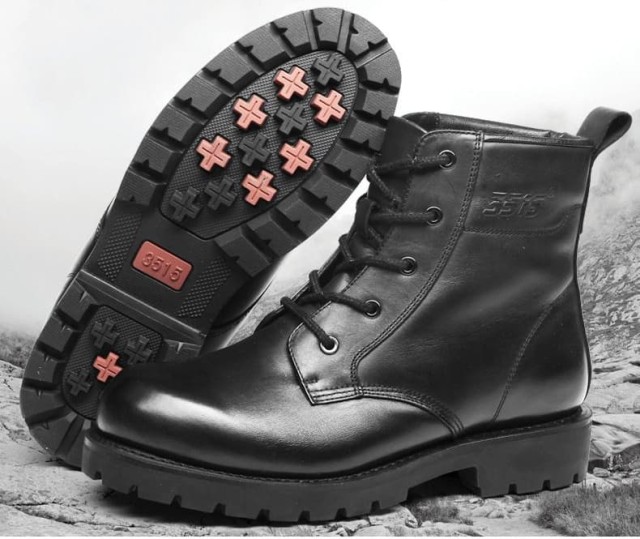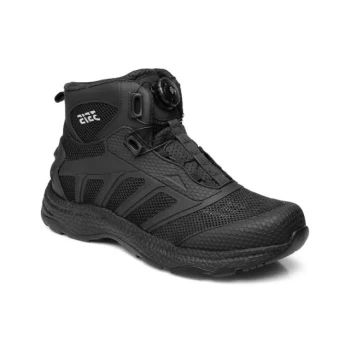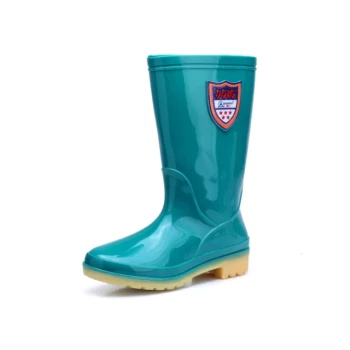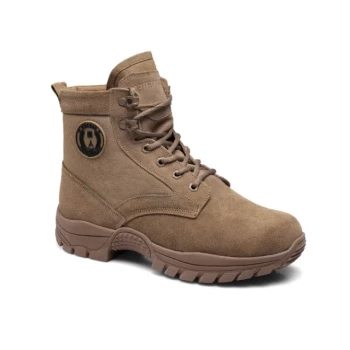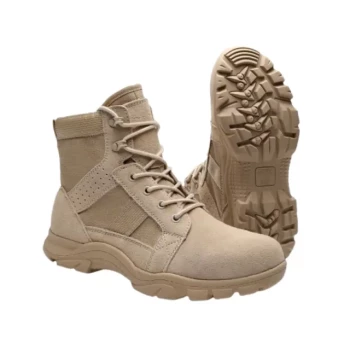Finding the right snow boot insulation isn't just about staying warm—it's about matching your boots to your environment and movement. Whether you're trekking through Yukon blizzards or working in a Toronto winter, understanding insulation materials, thickness, and placement ensures comfort without compromising performance.
How Snow Boot Insulation Works
Why Insulation Is Beneath the Waterproof Layer
Snow boots prioritize insulation under the waterproof layer for a critical reason: moisture management. Research shows that insulation loses effectiveness when wet, whether from external snow or internal sweat. By placing materials like Thinsulate or down beneath a waterproof barrier, boots maintain warmth while shielding insulation from dampness.
Key Insulation Materials: Synthetic vs. Natural
- Synthetic (e.g., Thinsulate, PrimaLoft): Lightweight, retains warmth when wet, and dries quickly. Ideal for high-activity use (e.g., construction) or humid climates.
- Natural (e.g., wool, down): Offers superior warmth in dry cold but loses insulating power if damp. Best for low-movement scenarios like winter hiking in arid regions.
Pro Tip: Modern synthetics like 200g Thinsulate replicate the warmth of traditional sheepskin but with better moisture resistance.
Choosing the Right Insulation Level
Matching Thickness to Temperature and Activity
Insulation ratings (measured in grams) correlate to both climate and activity intensity:
- 100g–200g: For mild winters (20°F to 40°F) or high-energy tasks (e.g., warehouse work). Prevents overheating.
- 400g–600g: Balances warmth and mobility for moderate activity in sub-zero temps.
- 800g+: Reserved for extreme cold (-10°F and below) with minimal movement, like ice fishing.
Wet vs. Dry Cold: How Insulation Performs in Different Climates
- Humid/Wet Cold: Synthetics excel. For example, a 400g Thinsulate boot with a waterproof membrane outperforms down in slushy conditions.
- Dry Cold: Natural materials shine. Down-lined boots trap heat efficiently in arid, frigid air but require careful waterproofing.
Did You Know? ASTM F2892 standards help compare boots by testing insulation effectiveness at specific temperatures. Always check manufacturer ratings for clarity.
Ready to Equip Your Clients with Precision-Engineered Winter Boots?
3515 partners with distributors and brands to deliver bulk footwear solutions tailored to any climate or use case. From lightweight work boots to Arctic-ready designs, our manufacturing expertise ensures optimal insulation—without the guesswork. [Contact 3515] to discuss your project’s needs.
Key Takeaways:
- Insulation belongs under waterproofing to avoid moisture-related heat loss.
- Synthetics outperform natural materials in wet conditions; down reigns in dry cold.
- Match insulation thickness (100g–800g) to both temperature and activity level.
Related Products
- Safety Footwear Wholesale Manufacturer for Custom OEM/ODM Production
- Wholesale Safety Footwear Manufacturer for Bulk & Custom OEM Orders
- Customizable Anti-Smash Safety Boots for Wholesale & Private Label Manufacturing
- Custom Wholesale Leather Safety Boots Direct Factory Manufacturing
- Factory-Direct Wholesale Canvas Boots with High-Traction Rubber Soles
Related Articles
- How Steel Toe Shoes Prevent Injuries: The Science Behind Workplace Safety
- Matching Men’s Work Shoe Safety Technologies to Workplace Hazards
- How to Choose Safety Footwear That Solves Steel Toe Shoe Problems Without Sacrificing Protection
- How to Reduce Steel Toe Boot Risks Without Compromising Workplace Safety
- Steel Toe Work Boots: Balancing Safety and Comfort for Demanding Jobs
